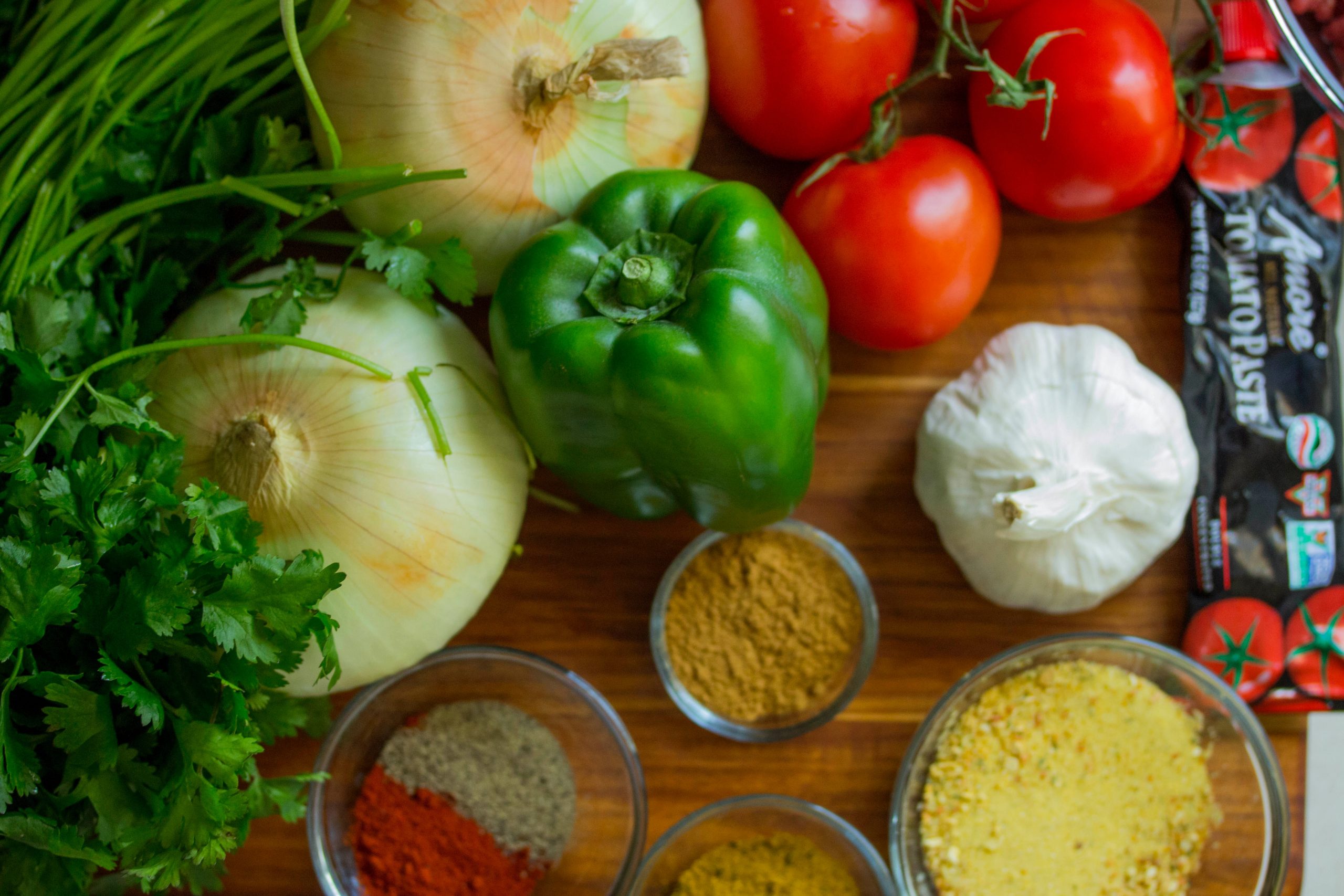by Susan Paige

When trying to pay down debt aggressively, you look to save money wherever you can. But just because you’re shopping at the supermarket, doesn’t mean you’re necessarily saving money. Without a concrete plan of action, you’re susceptible to overspending and blowing through your budget.
6 Tips for Lowering Your Grocery Bill
According to the most recent USDA Food Plans report, the average monthly cost of groceries for a family of four is somewhere between $725 and $1296 (depending on the type of meal plan and the ages of the children). For simplicity’s sake, we’ll say the average family of four spends $1,000 per month on food.
Sounds like a lot, right?
Well, what if you could slash that number down to $700, or even $500? Believe it or not, it’s more than possible. It won’t happen overnight, though. You need a strategy to start moving in the right direction.
Here are some techniques and recommendations:
- Develop a Meal Plan
Before buying anything, you should develop a meal plan for the week. This includes all 21 meals – not just dinners. By planning out breakfast, lunch, and dinner for each day of the week, you’re able to buy only what you need.
Meal planning also permits you to strategically organize food prep in such a way that you reduce food waste to zero. (For example, you can have rotisserie chicken and veggies for dinner one night. Then whatever chicken you have leftover can be chopped up and turned into chicken salad for sandwiches the following day.)
- Create a List
Based on your meal plan, create a list of the food you need to buy. If it’s something you use a lot of – like peanut butter, cereal, or eggs – try buying in bulk. It’ll cost you more this month, but it could benefit your budget the following month. Always be thinking ahead.
- Order Delivery or Pickup
With so many different online grocery options – including both delivery and pickup – there are fewer instances where it makes sense to physically go to the supermarket and buy your own groceries. In fact, you could save hundreds simply by completing your order online.
Just ask personal finance blogger Chelsee Lowe, who recently did the math “…and found that my family saves more than $750 a month, between the gas we save driving to the store, the impulse purchases we skip, and the hours’ worth of extra productivity it frees up.”
You might not save $750, but what if you could save even $150 or $200 per month? Most would agree that it’s worth grabbing the laptop and grocery shopping from the kitchen table.
- Use Coupons
Perhaps you grew up in a family where your parents clipped coupons out of the newspaper and took them to the supermarket. And perhaps you vowed to never be a penny pincher. But now that you have a family of your own, you see just how expensive groceries are.
Coupons still exist, but they’ve evolved. You no longer need a newspaper and a pair of scissors. Today, sites like CouponDad.net allow you to search for specific coupons by category or store. You can then print them off or use the applicable code in the online checkout process.
- Stop Paying for Convenience
The average grocery shopper spends a lot of money for minimal convenience. If you don’t mind spending a few extra minutes on food prep, you can save some money. Here are a few examples:
- Washed lettuce is typically marked up as much as 50 percent. Buy purchasing unwashed lettuce and doing it yourself, you’ll save a considerable amount.
- A block of cheese costs roughly half the price of pre-shredded. That means a few minutes of grating can cut your cheese costs in half. (It’s also fresher!)
- Eat a lot of beans? Try purchasing dried beans instead of canned. You’ll have to soak them before cooking, but it’ll cost you half as much.
- Eat Through Your Pantry
Make a habit out of going through your pantry and freezer three or four times per year and eating through anything that’s still fresh and edible. You’d be surprised how many meals you can get out of unused items and sealed leftovers.
Groceries: Just the Start
Saving a few hundred dollars per month on groceries is a great way to chip away at your debt and improve your financial situation, but it’s not the only way. Once you’ve optimized your grocery shopping, start considering other areas of waste – like eating out, online shopping, Starbucks lattes, etc.
By addressing multiple areas of spending, it’s possible that you could eliminate more than $1,000 from your monthly expenses without significantly lowering your quality of living. This would accelerate your debt repayment plan and speed up your timeline for finding financial freedom.
Are you willing to make some simple sacrifices to create some positive momentum?
For more great Blogging Away Debt articles, consider reading these:
Six Piggybanks That Help Teach Money Management Skills
How Much Did My Physical Therapy Cost?
Here Is A Sample Letter For When A Bank Rejects You For A Loan
Image source: Pexels.com





So, what do you think ?